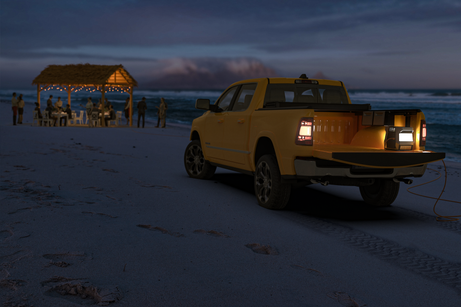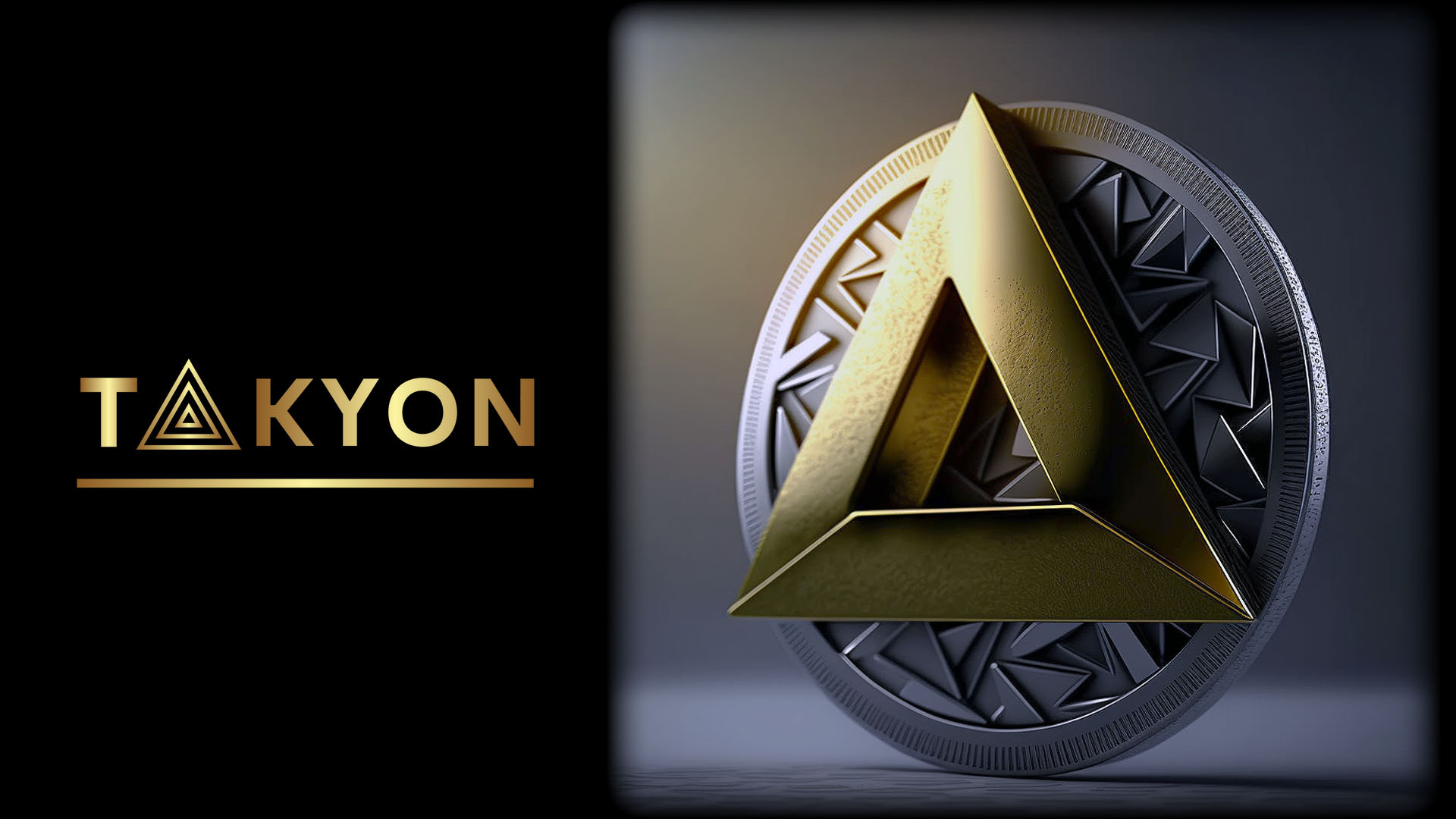
Terravis and the New Power Generation — Can it Solve the Infrastructure Dilemma in EVs?
Previously Published to Benzinga: The following post was written and/or published as a collaboration between Benzinga’s in-house sponsored content team and a financial partner of Benzinga.
Committed to an all-green future and delivering power to places where it’s traditionally been out of reach, Worksport, Ltd (NASDAQ: WKSP) recently unveiled its top-secret plans to super-charge the future of electric vehicles (EVs), introducing the world to renewable and highly efficient hydrogen fuel-cell technologies through its upcoming EV fast-charging units and microgrid power structures.
Through its newly established Terravis Energy Inc. subsidiary, Worksport takes off-grid power and mobility to a whole new level — boldly taking EVs where no other chargers could ever go before.
High-Performance Hydrogen Fuel Cells Meet Solar and DC Fast-Charge Systems
Terravis Energy combines the highest efficiency hydrogen fuel cells with both solar and DC fast-charge systems to create compact, fully carbon-free, renewable energy — free from grid connectivity and set to dominate roadways.
With more than 10 years of extensive private label production, as a leading original equipment manufacturer (OEM), Worksport has served some of the biggest names in the automotive industry and continues to do so through its Terravis Solis, COR and NPEV, non-parasitic, EV product lines.
Unlike other up-and-coming hydrogen cell technologies, Terravis’ fast charge systems are far superior to other fuels cells on the market. Its non-parasitic technologies are immune to blackouts, grid overloads and even grid reliance.
The COR energy storage system (ESS) acts as the heart to an entire self-sufficient energy ecosystem, and its utilities are strong enough to operate off-grid by providing communities with enough juice to power their own.
At scale, the company’s NPEV fast chargers are a different type of product that represents a whole new evolution in EV.
Terravis will begin producing and installing its fast charge power units in parking lots, highway turn-off points and existing service stations — combining the power of hydrogen and solar every step of the way.
There’s Simply Nothing Else Like It
Nikola (NASDAQ: NKLA) and TC Energy (NYSE: TRP) recently partnered to develop hydrogen charging hubs across North America. From what it appears, these hubs aren’t universal and only power Nikola semi-trucks using hydrogen fuel.
Terravis technologies, on the other hand, allow hydrogen fuel cells to be charged by any power source, giving life to EVs and recreational vehicles (RVs), emergency medical equipment and remote job sites.
Hydrogen fuel cell modules can produce clean energy without any emissions. Stored hydrogen converts into unlimited zero-carbon electricity that Terravis uses to power a multitude of electrified components. Because hydrogen fuel cells take up less space than traditional electrification units, COR and NPEV units aren’t big and bulky. Although NPEV units remain stationary, COR units are portable and travel anywhere.
Terravis NPEV units will be found off the highway system and even in extremely rural locations. While Nikola’s units won’t launch for another 5 years, the NPEV’s launch date is right around the corner.
Could Terravis Solve the Infrastructure Crisis 5 Years Sooner?
Companies like FirstEnergy Corp. (NYSE: FE), Southern Co (NYSE: SO), Duke Energy Corp. (NYSE: DUK) and Dominion Energy Inc. (NYSE: D) have teamed up with a long list of other electric suppliers in the Electric Highway Coalition.
The group plans to overhaul the existing power grid with multi-state pilot programs that will take a minimum of 5 years to complete. Quite frankly, this is too long. With all the electric, hybrid and autonomous vehicles heading to market, this delay could be a significant setback.
Terravis’s innovative NPEV solution will, on the other hand, solve a majority of these problems. Terravis Energy focuses on the future of sustainable transportation in its many applications and could be taking the necessary steps in massively disrupting the sphere of EV — forever.
Partnering for Success
Partnering with tier-1 automotive manufacturers, mass merchandisers and retailers across the globe, the company has ongoing strategic partnerships with Atlis and Hercules, as well as with 30 of the most brilliant minds and state-of-the-art research facilities at the Ontario Technical University.
Several EV-powered pickup trucks, semi-trucks and UTVs are ready to hit the market. However, today’s infrastructure does not cater to their energy-specific needs.
BMW (OTCPK: BMWYY), Toyota (NYSE: TM), Ford (NYSE: F), Daimler AG Mercedes-Benz Group AG ADR (OTCMKTS: DMLRY), Nissan (OTCPK: NSANY), Honda (NYSE: HMC) and Volkswagen (OTCPK: VWAGY) use or are planning on using electric, hydrogen or hybrid technologies to fuel vehicles.
Companies like Hyundai Motor Company (OTCMKTS: HYMTF) vow to make hydrogen-only cars as cheap as EVs. Its Mobis subsidiary just announced a $1.1 billion investment into expanding its own hydrogen fuel cell footprint, as Hyzon Motors (NASDAQ: HYZN) builds hydrogen fuel cells right into their chassis.
Terravis Energy focuses on the future of sustainable transportation. It expects to sell a combined 20,000 units of the COR battery and Solis Tonneau, projecting presales to reach more than $60,000,000.
While the actual product won’t be released until mid-2022 — the good news is, you can preorder yours today. For more about the Terravis NPEV and COR battery units, visit https://www.worksport.com.
The author of this article owns a significant number of shares in one or more of the stocks mentioned above.
The preceding post was written and/or published as a collaboration between Benzinga’s in-house sponsored content team and a financial partner of Benzinga. Although the piece is not and should not be construed as editorial content, the sponsored content team works to ensure that any and all information contained within is true and accurate to the best of their knowledge and research. This content is for informational purposes only and not intended to be investing advice.



